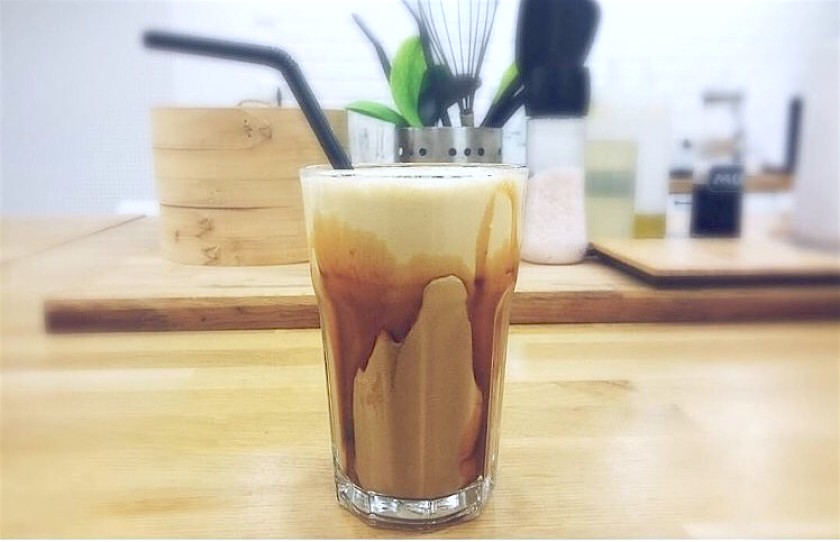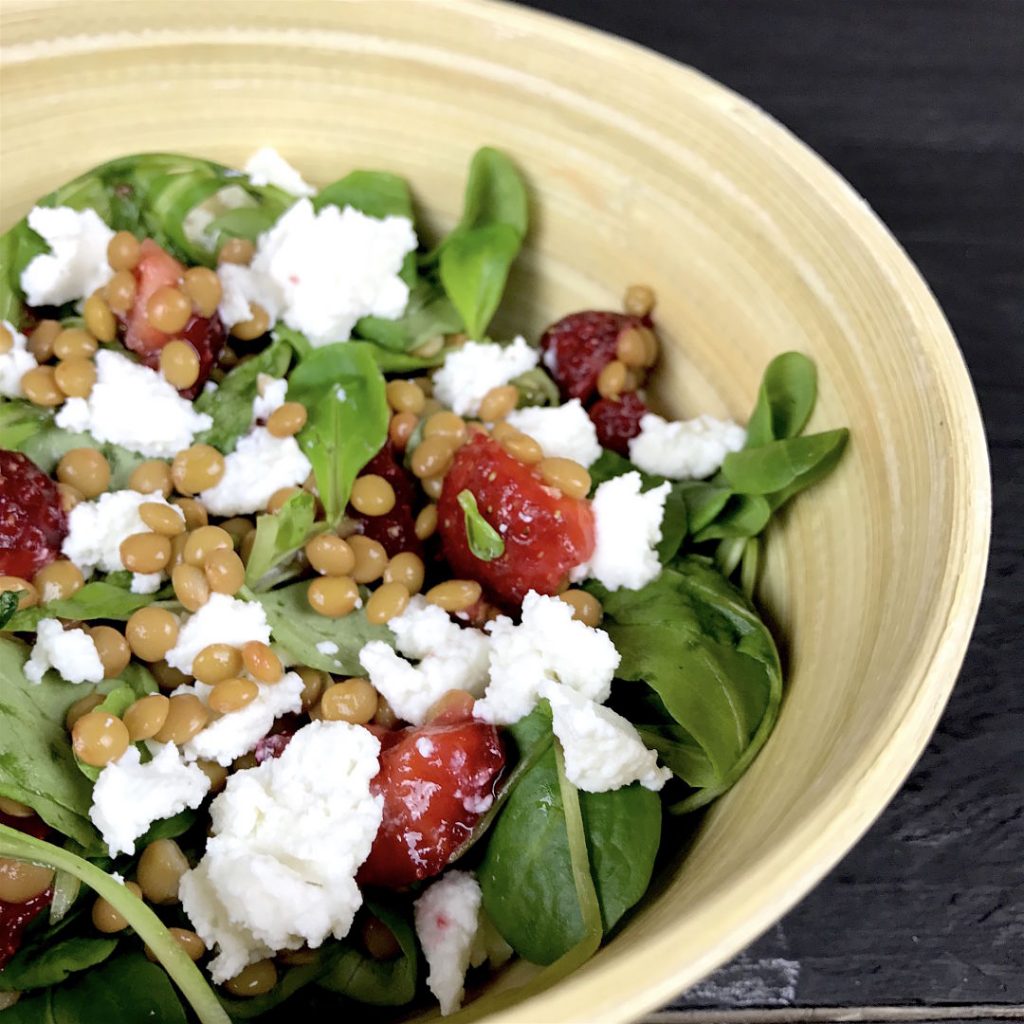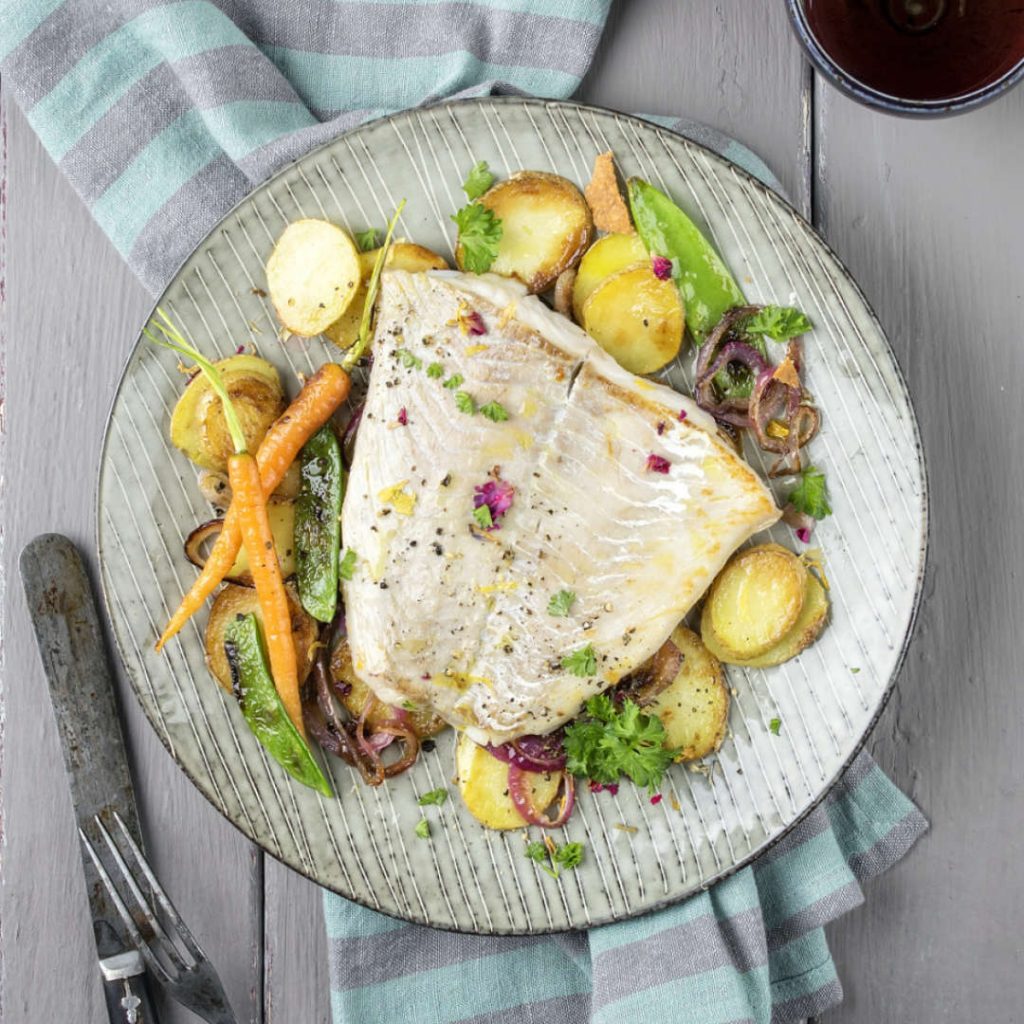What is nutritional ketosis?
In a normal state, with a diet rich in carbohydrates (potatoes, cereals, fruit, legumes …) we use glucose as the main source of energy. In the brain, for example, glucose is the only energy substrate available because the blood-brain barrier blocks the passage of fatty acids.
But the glycogen stores where we store the glucose that circulates in the blood are very limited, so when we restrict the carbohydrate intake in our diet, our hepatic glycogen stores are reduced, activating other metabolic pathways such as gluconeogenesis (endogenous glucose production) and ketogenesis (production of ketone bodies ). This state is called nutritional ketosis.
What are ketone bodies?
Ketone bodies are small molecules produced in the liver (exactly in the hepatic mitochondria) from fatty acids. There are 3 ketone bodies: acetone, acetoacetate, and beta-hydroxybutyrate. Depending on how adapted we are to nutritional ketosis, we will use one or the other more.
As you already know, the blood-brain barrier does not allow the passage of fatty acids to the brain, but ketone bodies can cross it and be used by the brain together with glucose. After several days in ketosis, the brain already consumes about 70% of its energy from ketone bodies.
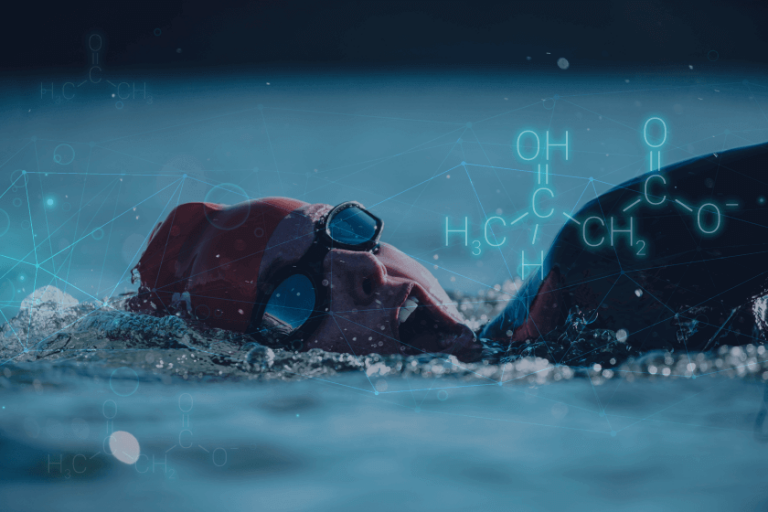
How can I achieve nutritional ketosis?
Nutritional ketosis can be achieved in two ways: by stopping eating or by switching from a carbohydrate-based diet to a fat-based diet (we like the latter better). You can really get into ketosis using all foods, as long as the carbohydrate threshold that gets us out of ketosis is not exceeded, but for that you have to plan and control everything very well.
In general, we could say that to get to ketosis we should eliminate or reduce greatly:
- Cereals and derivatives
- Legumes
- Some carbohydrate-rich whole dairy such as whole milk
- Fruits with high carbohydrate content such as apple, pear, kiwi, pineapple, mango, grapes, banana, fruits in syrup, dried fruit or juices.
- Although not eliminate, you should moderate the consumption of fruits such as blueberries, plums, cherries, watermelon, orange, peach, grapefruit or lemon.
- Some vegetables like carrots
- Some nuts such as cashews
Our diet should be based on:
- Vegetables with very low carbohydrate content such as spinach or tomatoes
- Fruits with very low carbohydrate content such as avocados, olives, raspberries, blackberries, strawberries or coconut.
- Meat and fish
- Eggs
- Fats and oils
- Nuts
- Whole dairy products with lower carbohydrate content, such as brie cheese
Why is ketosis interesting in sports performance?
Nutritional ketosis is not for everyone and can have negative effects in some cases (as we will explain in future chapters), but it has effects that can be very interesting at a sports level:
At the level of body composition, if combined with a caloric deficit it helps reduce the% of fat mass .
At the metabolic level, as the weeks progress in nutritional ketosis, the body experiences ketoadaptation : a series of metabolic adaptations by which the body achieves the necessary energy using more fat and less glucose , thus increasing the duration of glycogen stores. This, in certain sports, improves the athlete’s efficiency and increases their performance.
At the metabolic level, as there is less dependence on glycolytic metabolism less lactate is produced (a chemical compound that causes a state of acidity in the muscles and contributes to fatigue)
The effect of hypoglycemia is reduced , also known as “birds”, “walls” or “guys with the deck”.
As always, we insist that these are only general and theoretical guides so that you can better understand how your body works. In the nutrition of each person, the complexity and the variables that influence and interact are enormous, and only with a meticulous work of a specialized professional and with a trial-error process, you will be able to obtain clear and lasting benefits in your performance and your health.
Here are some valid recipes in the search for ketosis:
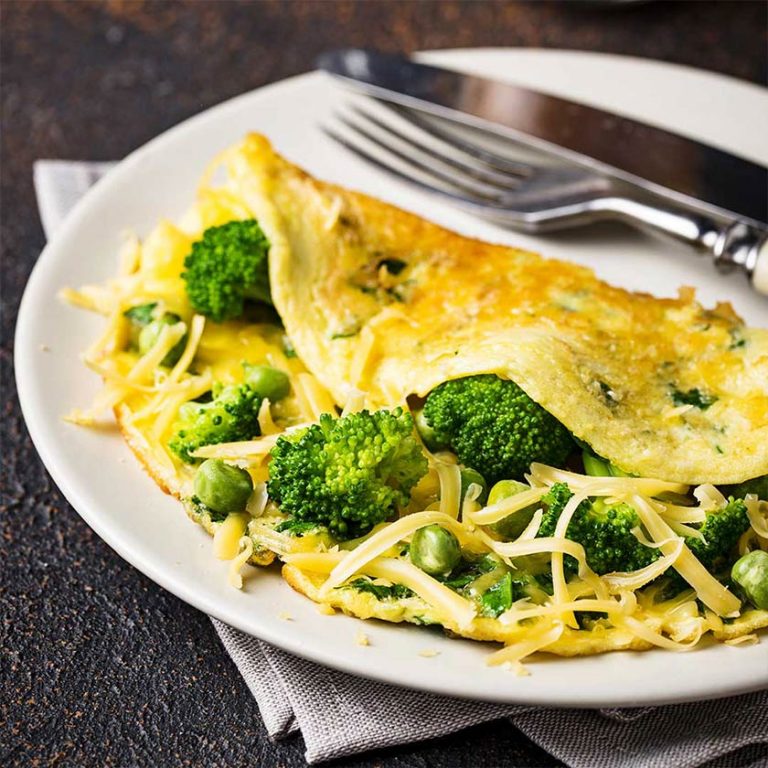
Ingredients
- Raw egg 120 g
- Broccoli 60 g
- Olive oil 5 g
- Cheddar Cheese 0% 15 g
- Table salt 1g
Elaboration
- Cook the broccoli in a small saucepan for about 10 minutes. When cooked, drain and soak with cold water.
- Beat the eggs in a bowl and add a pinch of salt.
- Heat the pan with the olive oil and add the eggs.
- When the egg begins to coagulate, add the broccoli and grate the cheese on top.
- Season with salt and serve.
Indicators for a portion
Kcal: 249
Proteins: 30% | Hydrates: 5% | Fat: 63%
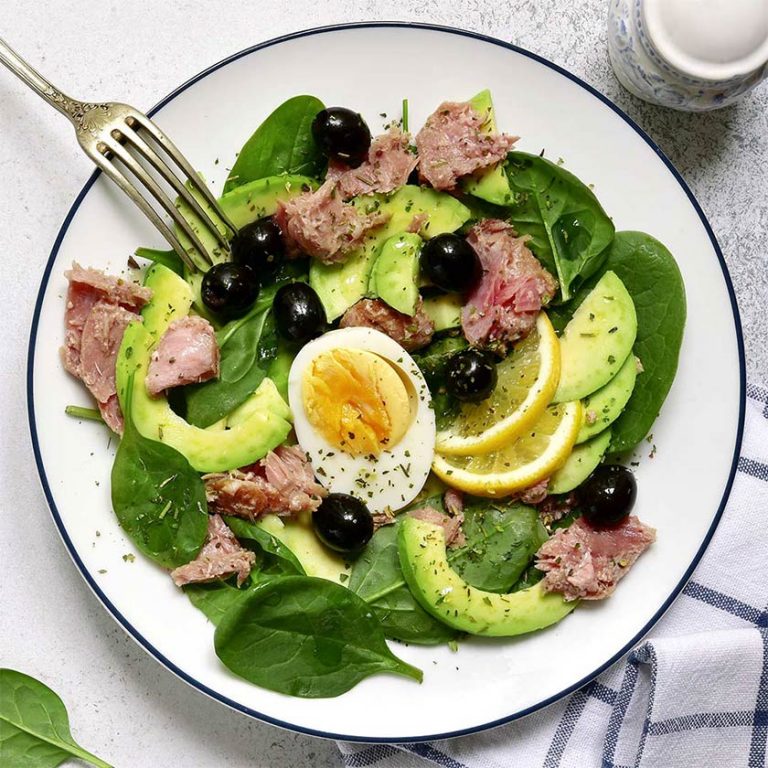
Ingredients
- Spinach 40 g
- Avocado 50 g
- Canned tuna (natural) 60 g
- Cooked egg 60 g
- Olive oil 5g
- Black olive 10 g
- Table salt 1 g
- Dried oregano 1g
Preparation
- Put a saucepan with water and cook the egg for approximately 10 minutes. Then let it cool and peel it.
- Wash, drain and place the spinach on a plate.
- Top with the sliced avocado, black olives, drained canned tuna, hard-boiled egg, olive oil, a pinch of salt and oregano.
Indicators for a portion
Kcal: 249
Proteins: 31% | Hydrates: 9% | Fat: 61%
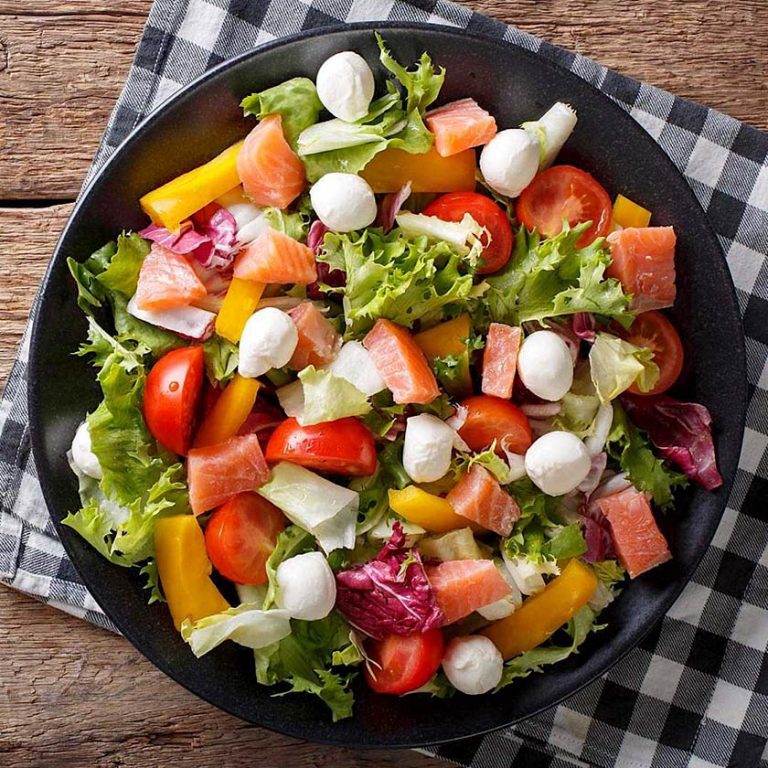
Ingredients
- Romano lettuce 30 g
- Red leaf lettuce 30 g
- Mozzarella cheese 50 g
- Tomato salad 80 g
- Olive oil 5 g
- Table salt 1 g
- Smoked salmon 50 g
- Mango 50 g
- Lemon juice 20 g
Preparation
- Wash and chop the lettuce, both romaine and red leaf, tomato, mango.
- Cut the salmon, the mozzarella, place all of the above on a plate and add the salt, the lemon and the oil.
Indicators for a portion
Kcal: 249
Proteins: 27% | Hydrates: 20% | Fat: 53%
